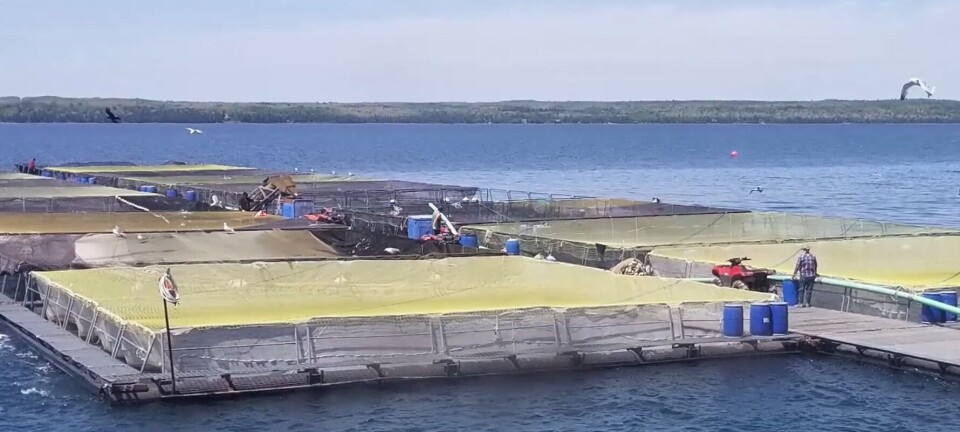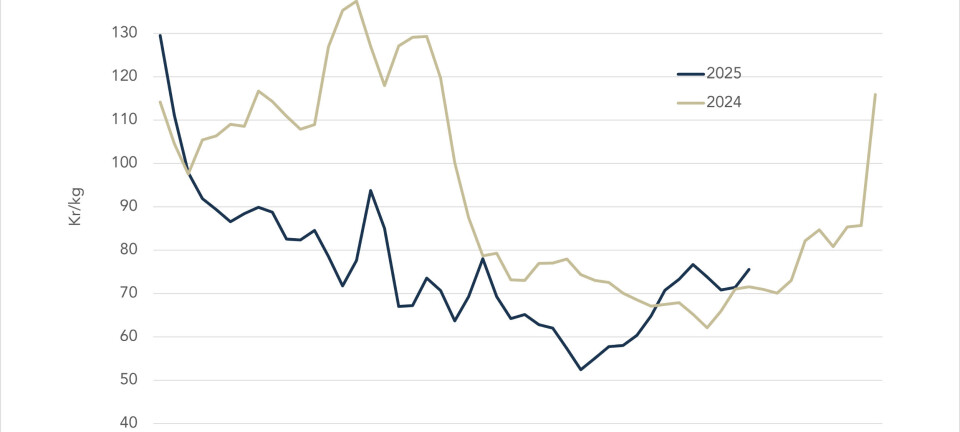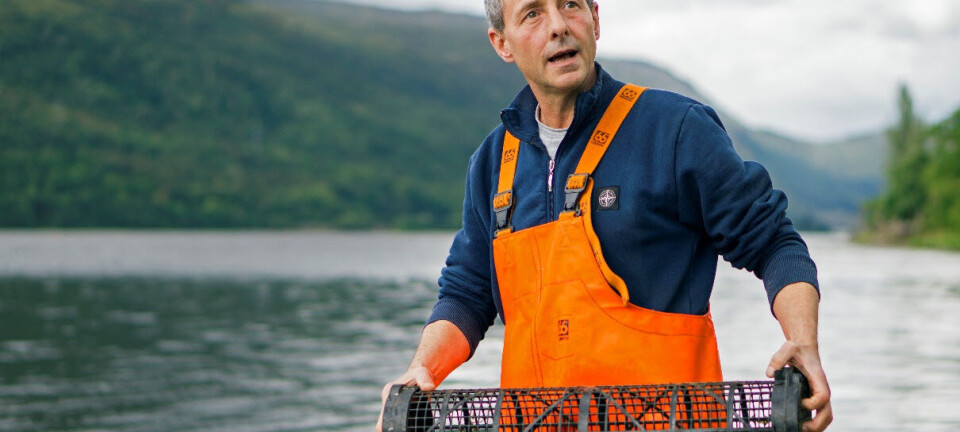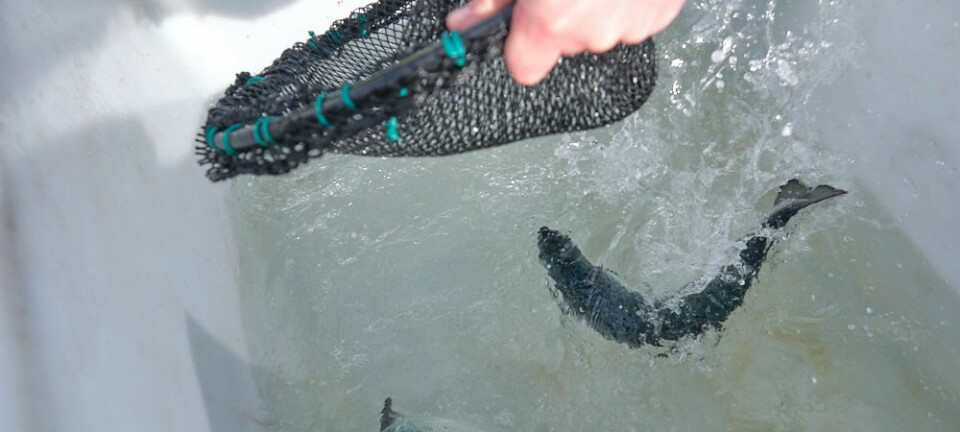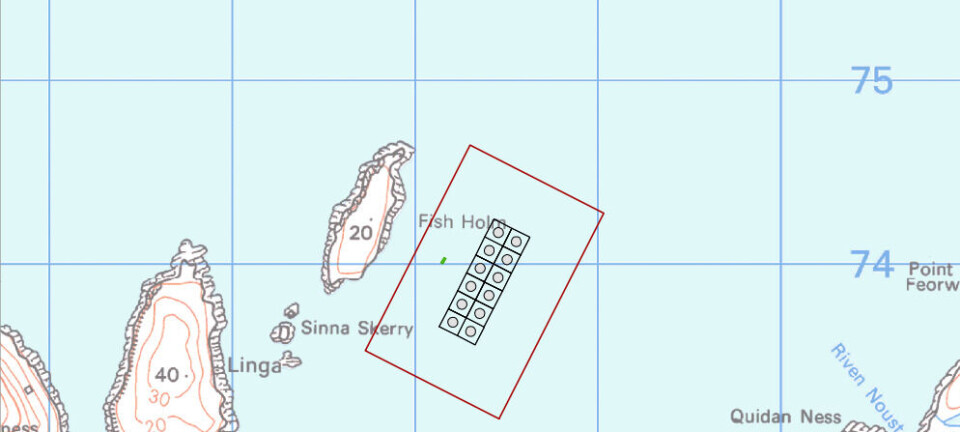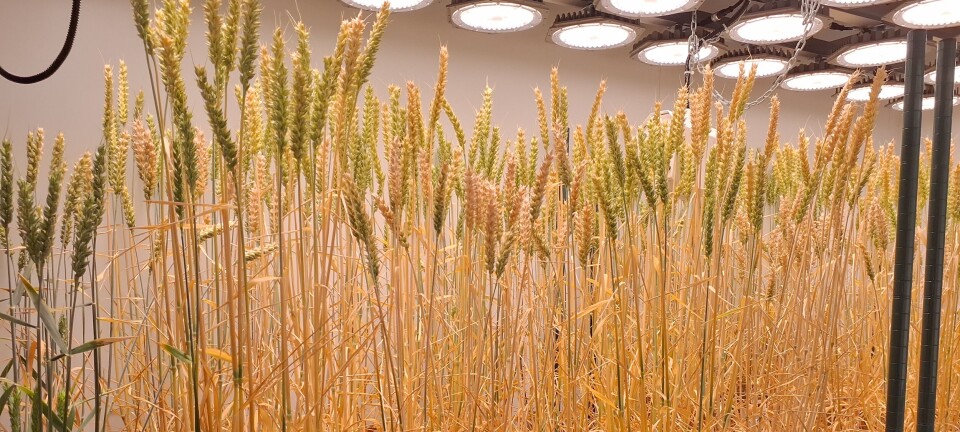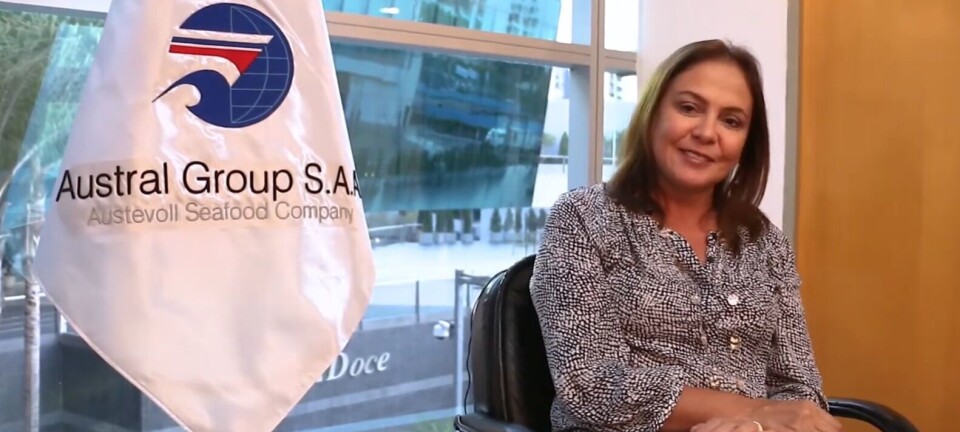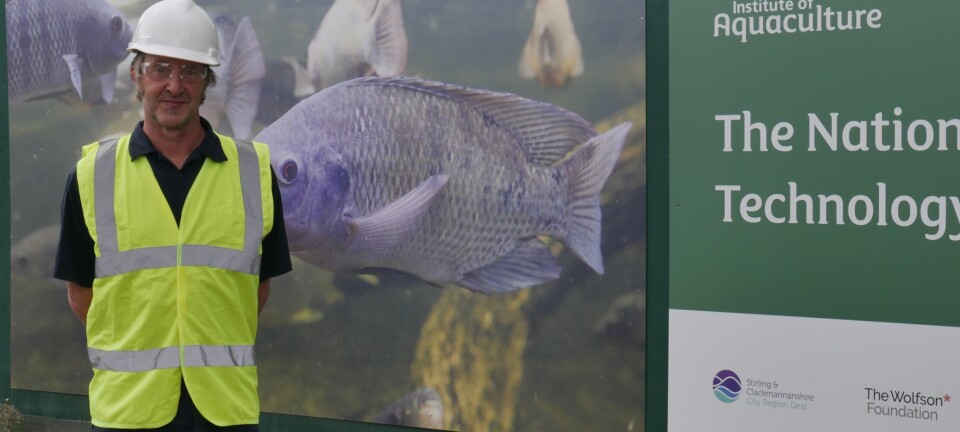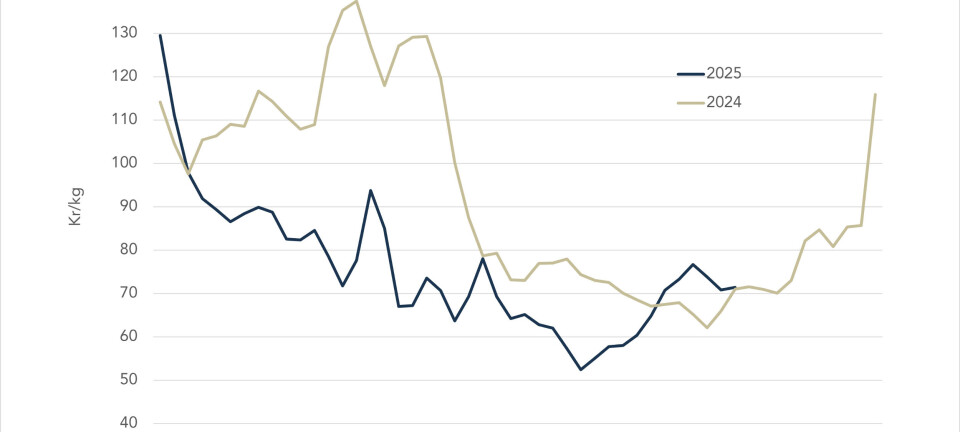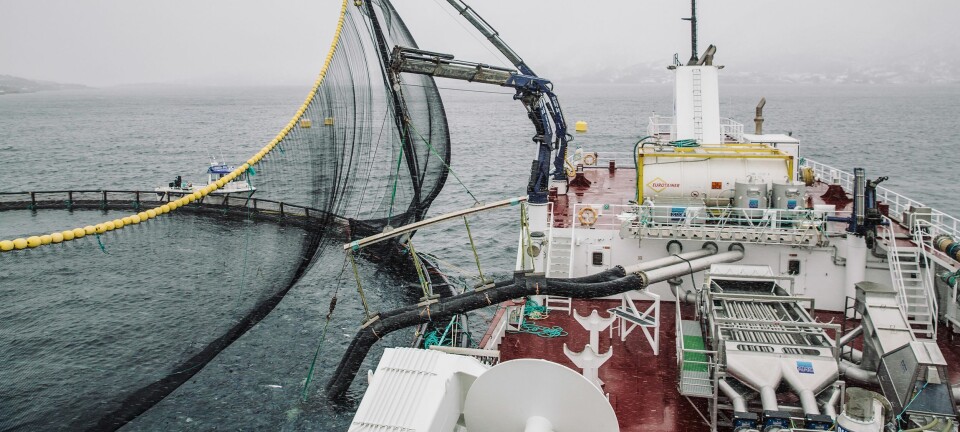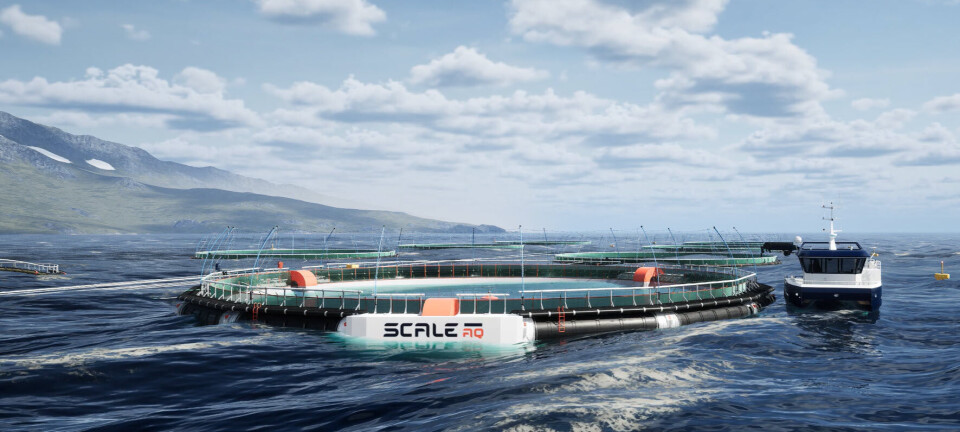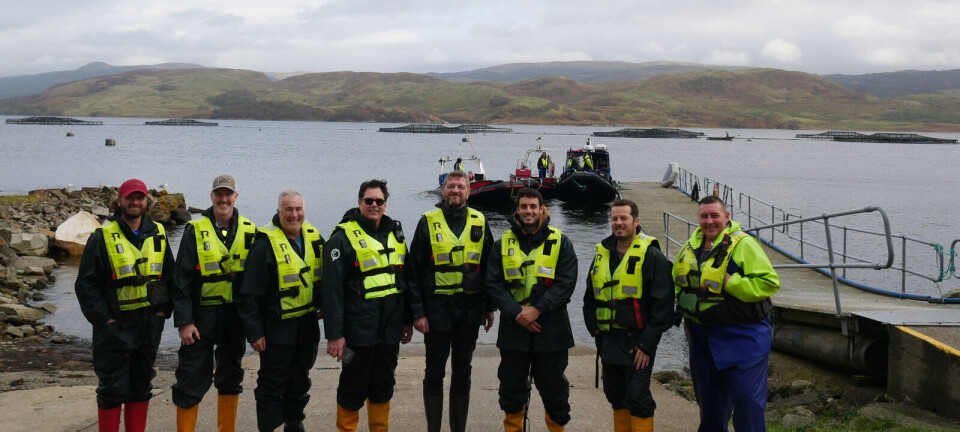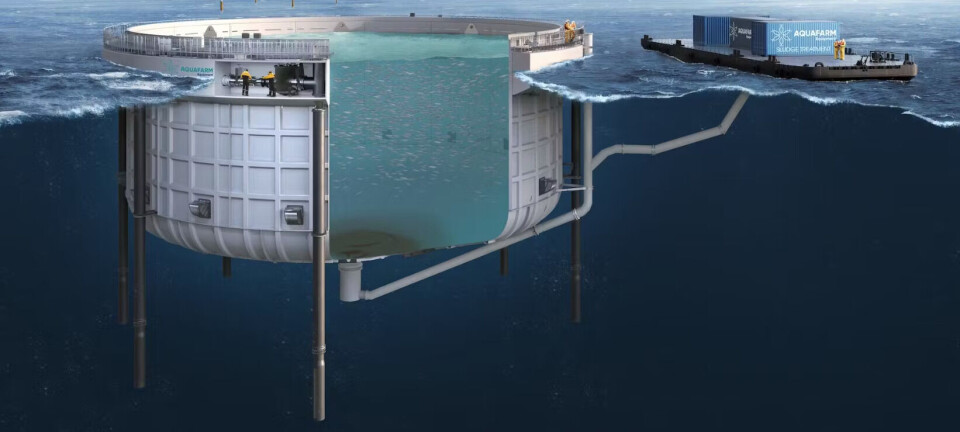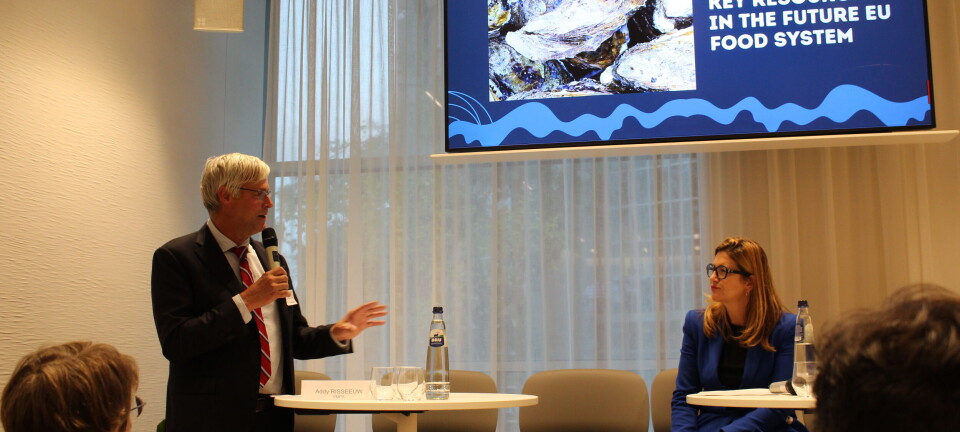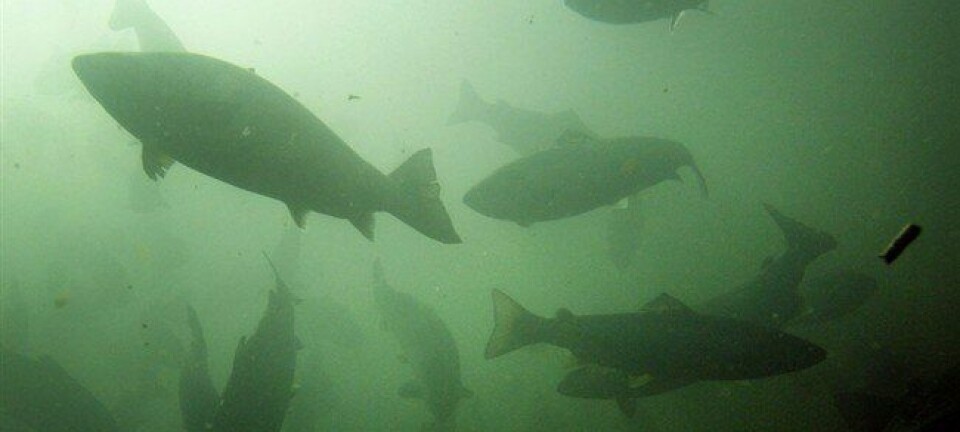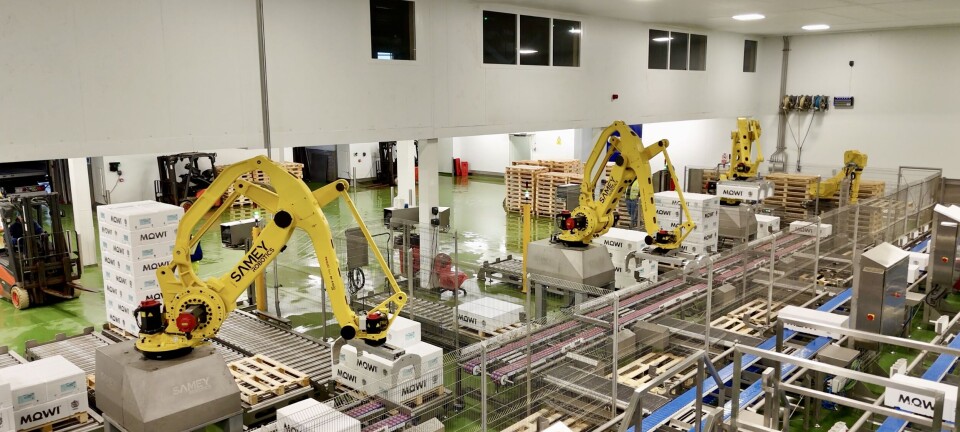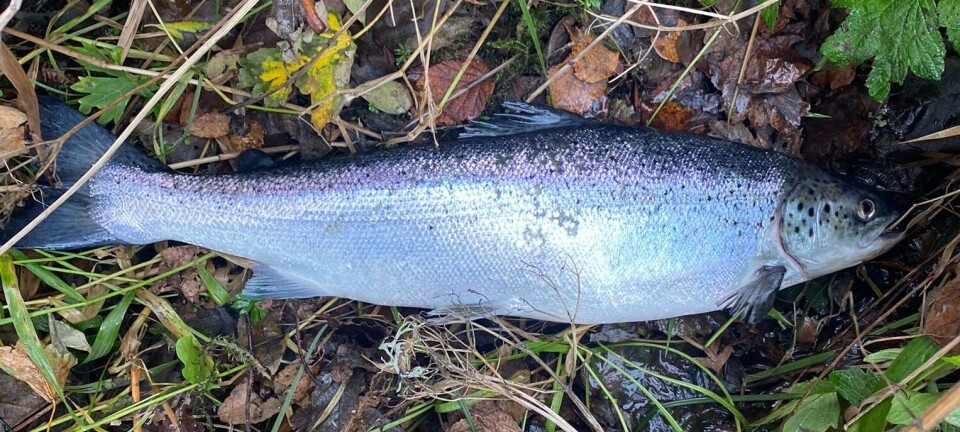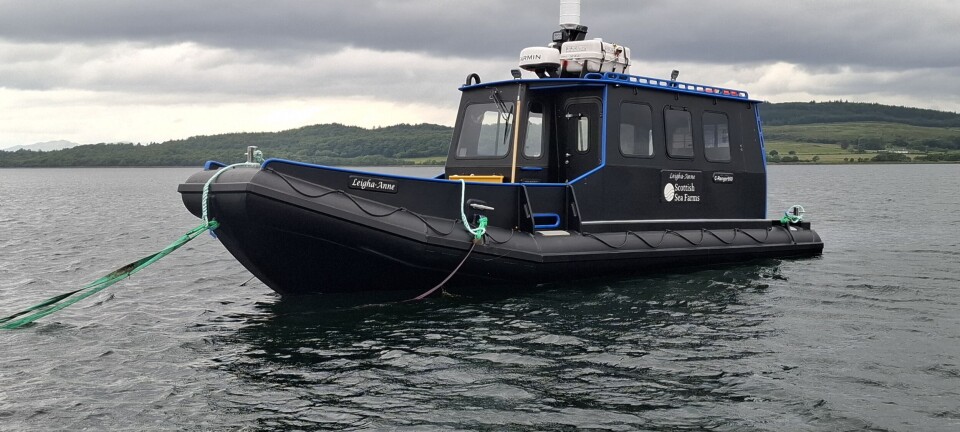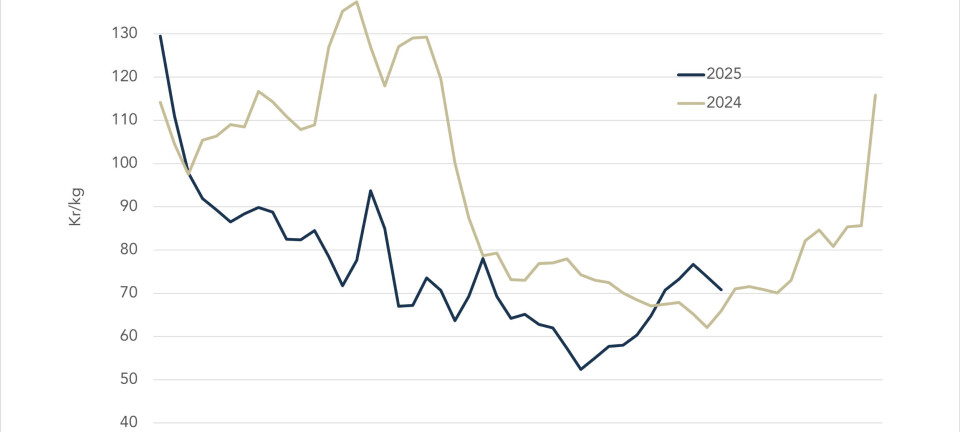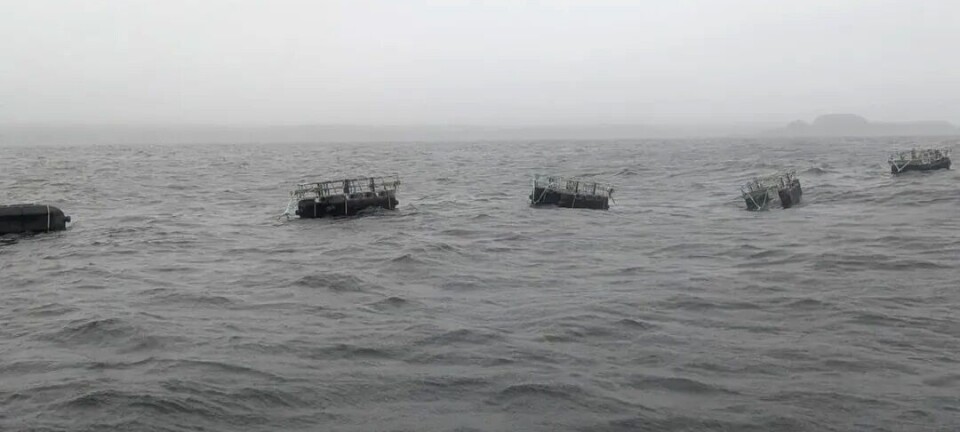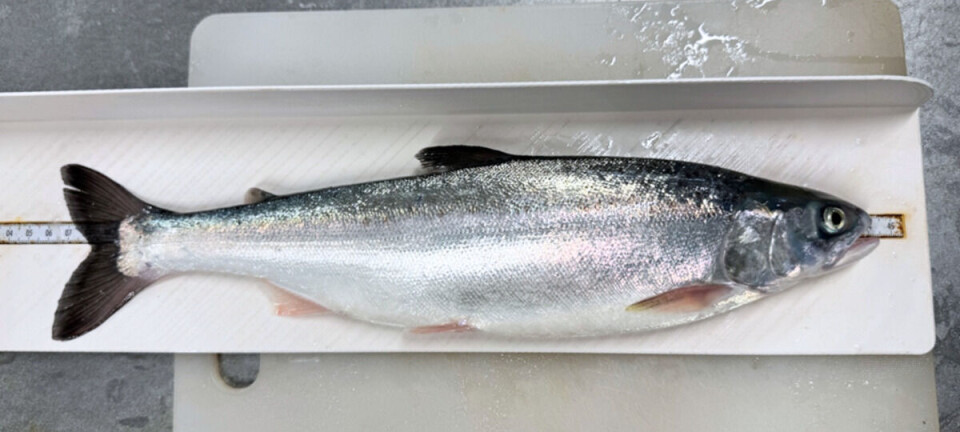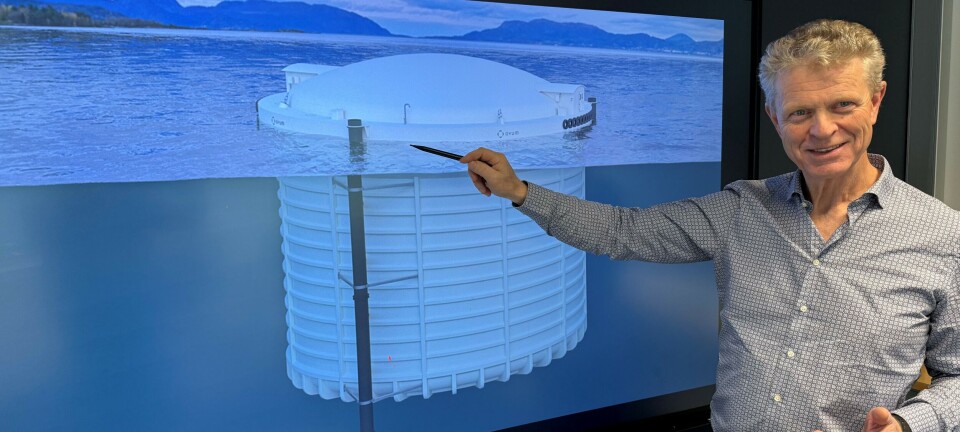
Scotland aquaculture expert helps identify girls in need of nutrition
Professor led project to develop cheaper and simpler metric for use in developing countries
A scientist at Stirling University’s Institute of Aquaculture has led a project which developed a new tool to identify girls in developing countries who are at risk of nutritional deficiency.
Professor Dave Little used the tool to discover that adolescent girls in Bangladesh are particularly vulnerable.
Aquaculture is a fast-growing food production sector in many low-income and food-deficit countries and while these ecosystems produce highly valuable and nutritious aquatic foods, local communities can still have a poor diet as a result of changes to the supply and accessibility of fish.
Vulnerable group
Little said: “Adolescent girls represent a particularly vulnerable group in Bangladesh, with higher nutritional needs relative to energy requirements than other adult household members, and at the same time likely to have restricted access to food.
Adolescent girls represent a particularly vulnerable group in Bangladesh ... an optimal diet is critical for their own health and – in the case of early marriage and motherhood – for their infants
“For this group, an optimal diet is critical for their own health and – in the case of early marriage and motherhood – for their infants.”
Little led research which has enhanced understanding of factors that are important for explaining the role of fish intake in nutritional wellbeing. To do this, a metric – a user-friendly tool – was developed which identified adolescent girls at greater risk of nutritional deficiency.
A survey of 300 girls was repeated during dry and wet seasons in order to capture seasonal variations in fish availability. The observational data enabled researchers to combine risk factors which identify girls who are more likely to have a deficiency of beneficial omega-3 fatty acids.
Cost effective
It is hoped the cost-effective tool could now be used by development agencies to assess nutritional deficiency in vulnerable groups.
Little worked on the project with partners at the Universities of Glasgow, Aberdeen, Copenhagen and the Noakhali Science and Technology University and the International Centre for Diarrhoeal Disease Research in Bangladesh.
Dr Eleanor Grieve of the University of Glasgow’s Schools of Health and Wellbeing, who led the paper, said: “The identification of particularly at-risk individuals would improve targeting of timely and cost-effective interventions.
“The use of the metric using a few short questions is cheaper, can be done online, and avoids the complexity and cost of finger prick blood sampling and biomarker measurement based on field samples.
Integrated policies
“Application of the metric could enable the development and implementation of better informed and more integrated policies and practices in relation to aquatic food production systems.”
The work was funded through the Innovative Methods and Metrics for Agriculture and Nutrition Actions (IMMANA) programme. IMMANA Phase 1 is funded with UK Aid from the UK government, led by the London School of Hygiene & Tropical Medicine (LSHTM).
The paper, Adolescent girls in aquaculture ecozones at risk of nutrient deficiency in Bangladesh development and validation of an integrated metric, was published in BMC Public Health.





















